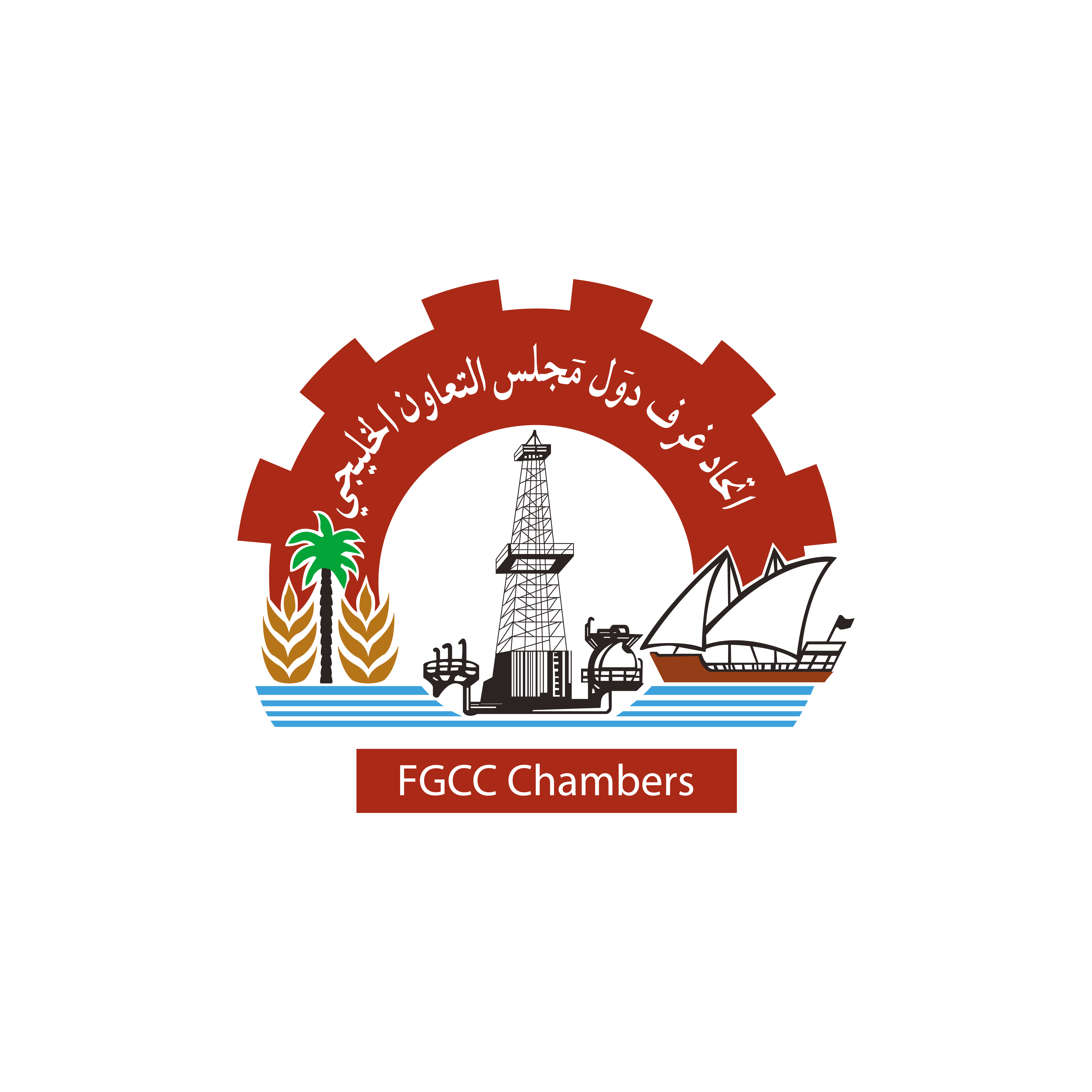Qatar is expected to remain one of the largest exporters of LNG globally, S&P Global Ratings has said in a report published recently.
The report said, “Between 2025 and 2027, Qatar plans to increase Qatar’s LNG production capacity 64 percent, to 126 million tonnes per year from 77 million. The strategic pivot away from Russian gas, particularly by European economies, suggests there will likely be demand for additional exports from Qatar.”
In our forecast, the rating agency said, “We assume that LNG production levels will be largely flat until 2025, but increase about 30 percent over 2026-2027, given our forecast that the full increase in capacity will take some time to materialise. Demand for LNG is likely to peak in the mid-2030s, with increasing use of renewables in the energy market having a gradual impact on demand for hydrocarbons.”
“Nevertheless, as a low-cost supplier, we think Qatar will remain in a relatively strong competitive position even after 2030,” it said.
“Qatar’s income levels are among the highest of all rated sovereigns. We forecast GDP per capita of $82,600 in 2023, the 10th highest level of all sovereigns we rate. Once the NFE project boosts LNG production after 2025, we expect income levels to further increase,” the report said.
“We forecast Qatar will maintain sizable external and fiscal net asset positions through 2026. We expect the current account surplus to average close to 20 percent of GDP annually over 2023-2026 with the net international investment position continuing to strengthen from an estimated 70 percent of GDP in 2022,” it said.
“We consider the government’s large liquid assets, which we project will average 140 percent of GDP over 2023-2026, to provide it with a strong buffer to mitigate the economic effects of external or financial shocks,” it said.
“We view Qatar’s institutional arrangements as relatively weak, especially compared with those of peers in the same rating category outside the Middle East. The decision-making process remains centralised, while full public disclosure of data is lacking in several areas, such as the size and composition of government external assets or the broader international investment position, which complicates our assessment of external risks,” the report said.
“The stable outlook reflects our view that Qatar’s fiscal and external buffers should continue to benefit from the country’s status as one of the world’s largest exporters of LNG over the next two years, further boosted once production increases in relation to the NFE over 2025-2027,” it said.
“We could consider raising the ratings if risks related to Qatar’s external position reduced, including a decline in the country’s external funding needs, alongside a significant improvement in data transparency, for example, via the provision of full international investment position data, including information on the government’s external assets,” it said.
“Qatar derives about 40 percent of its GDP, 80 percent of government revenue, and 90 percent of exports from the hydrocarbon sector. This makes the country’s credit profile vulnerable to volatility in oil prices, to which most of its long-term gas contracts are linked. Our forecasts are based on the expectation that the Brent oil price will average about $90 per barrel in 2023 and $85 per barrel thereafter,” it said.
“We expect a narrowing of the fiscal surplus in 2023 due to the decline in oil prices, from about $100 per barrel in 2022. With hydrocarbon production and our price assumptions largely flat until the former begins to pick up in 2026, we expect the general government surplus to remain at about 4 percent of GDP over the period,” it said.
The general government balance includes the central government’s budgetary position and small deficits of about 0.2 percent of GDP at the social security system level.
“The implementation of value-added tax is a possibility during 2023-2024 but may be delayed amid current inflationary pressures. We expect government revenue to continue to be largely driven by gas production and oil prices. We also expect government expenditure to remain broadly flat at about 25 percent of GDP on average over 2022-2025,” it said.
During the four years to 2019, the report said, “Expenditure averaged about 35 percent of GDP. Our expectation of additional expenditure restraint over the forecast period through 2025 largely relates to our assumption that government spending on capital projects, of about 10 percent of GDP in 2022, will decline to about 6 percent by 2026.”
“We project that the current account will maintain a surplus of about 20 percent of GDP on average over 2023-2026, in line with our hydrocarbon production and price assumptions. The high level of assets accumulated within the sovereign wealth fund, Qatar Investment Authority, will also continue to bolster Qatar’s strong external position. We estimate that Qatar’s external liquid assets will surpass external debt by about 85 percent of current account payments on average in 2023-2026,” it said.
Despite the strong aggregate external position, the report said, “Qatar stands out in the GCC as having a significant amount of net external banking sector liabilities, mainly divided between short-term nonresident deposits and, more recently, interbank lines, which keep external financing needs high. Qatar ran current account surpluses over 2017-2019, but at the same time, borrowed externally to fund infrastructure investment within the country. Given the elevated level of financial sector external debt, in our view, Qatari banks could be vulnerable to shifts in investor sentiment amid the tightening of monetary policy.”
Qatar tribune


